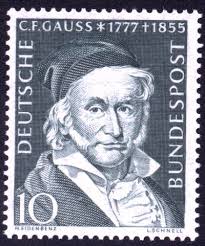
The Fast Fourier Transform (FFT) is a modern algorithm to compute the Fourier coefficients of a finite sequence. Fourier will forever be known by his assertion in 1807 that any function could be expressed as a linear combination of sines and cosines, its Fourier series. "Any" was a little ambitious, counter-examples coming to the fore in due time. A fair amount of mathematics from that time to this has been devoted to refining Fourier's insight and studying trigonometric series, a subject that led Georg Cantor to founding set theory. Piecewise smoothness is sufficient for pointwise convergence on \( [-\pi, \pi] \):
\[ f(x) = {a_0 \over 2} + \sum_{j=1}^\infty \left( a_j \cos jx + b_j \sin jx \right), \]